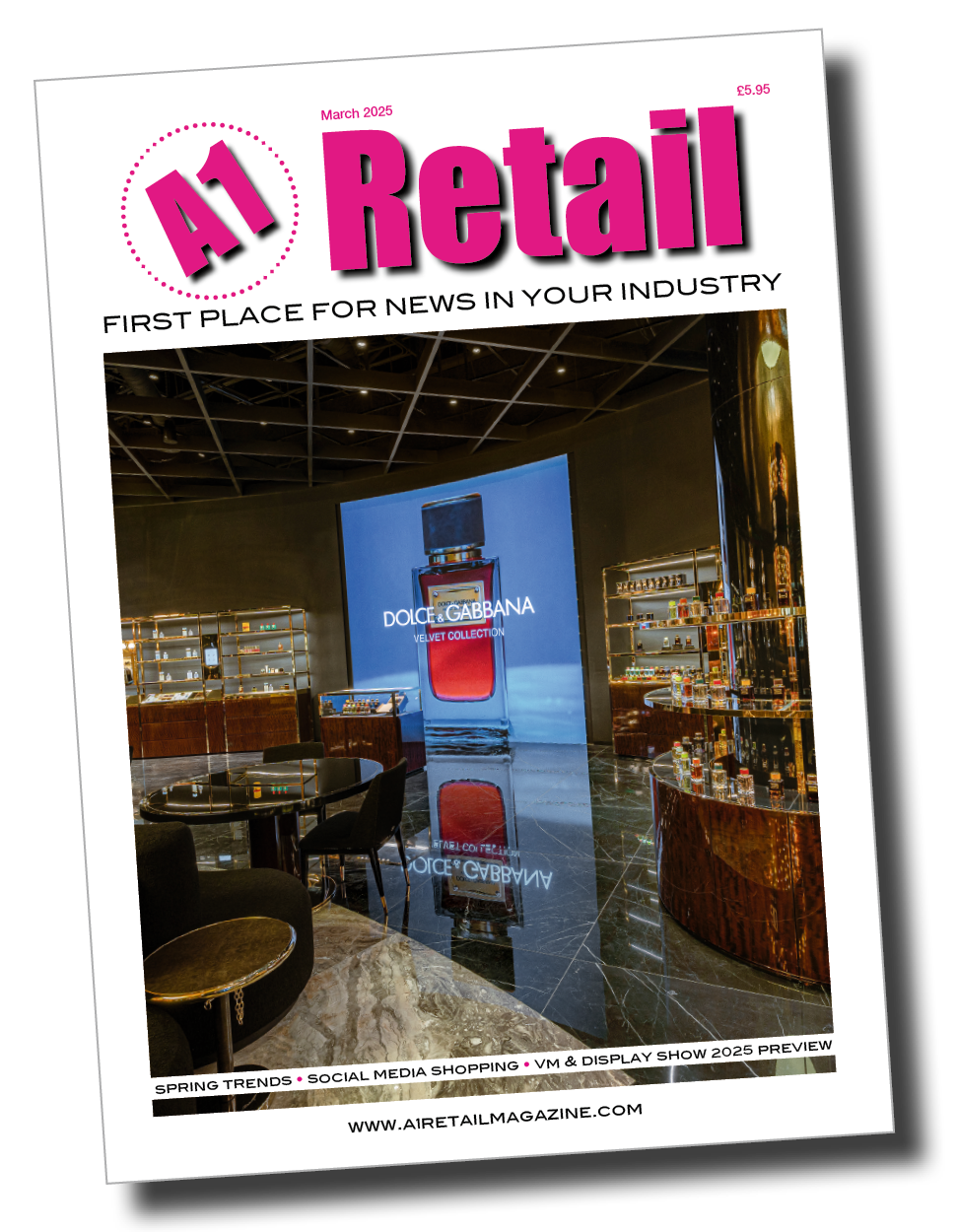
41 percent would be open to communication on their personal channels, such as WhatsApp, which brands can now get right each time through AI
New research from Twilio reveals that 50 percent of UK consumers want the brands they engage with to offer the communication channels they most commonly use in their day-to-day interactions.
The research, which surveyed 2,005 UK consumers in October 2023, found that WhatsApp emerged as the top choice for our personal interactions with friends (54 percent) and family (54 percent), with social media and voice calls also identified as personal communication channels.
Earning the right to customers’ ‘inner circle’
However, despite the desire from some consumers for brands to mirror our personal communication preferences, it isn’t as simple as brands just sliding into DMs. Over 57 percent are still highly protective of personal channels such as WhatsApp, with 52 percent wanting to keep these personal channels just that – personal.
While this might seem like a contradiction in terms, the findings reveal the hurdles brands must overcome to be welcomed into this inner circle – they’ve got to earn their right to be there by sending the right content. 50 percent of respondents indicated they are less forgiving when sent irrelevant information on personal channels like WhatsApp than other forms of communication such as email. This presents a challenge for brands, but also an opportunity to penetrate this inner circle effectively if they can ensure they are approaching engagement with their customers in a thoughtful and personalised way.
Indeed, the survey found that 41 percent of respondents would be more receptive to messages on their personal communication channels if they were hyper-personalised, showcasing the importance of tailored interactions.
In this competitive landscape, being able to offer choice reigns supreme, with 68 percent stressing the importance of being able to choose how they interact with brands, and 53 percent expressing frustration when the mode of communication is restricted.
Sam Richardson, Customer Engagement Expert at Twilio, comments: “Customers are urging brands to move with the times and reflect their personal communication preferences, while respecting their personal boundaries. Striking a delicate balance between engaging with customers and respecting their personal space is crucial, but achievable when approached right.
Hyper-personalisation empowers brands to tailor communication precisely to each customer’s needs and preferences, ensuring the right message reaches them at the opportune moment. This personalisation ultimately fuels the ‘customer flywheel’: the more brands personalise interactions, the more meaningful engagements they have with their customers. And with greater first-party data gleaned from these interactions, brands are able to deepen that relationship further and truly get into that inner circle.”
Evolving customer expectations
Advancements in technology have also elevated customer expectations, with 37 percent of respondents anticipating improved communication experiences due to the integration of Artificial Intelligence (AI) technologies. These evolving expectations underscore the need for brands to continually adapt and enhance their communication strategies to keep pace with customers’ ever-increasing benchmark for customer engagement.
The research emphasises that consumer communication preferences are multifaceted and evolving, highlighting the necessity for brands to stay in tune with these trends and employ a personalised approach to customer engagement.
Sam continues: “AI plays a pivotal role in making this level of personalised interaction a reality – almost like having a dedicated point of contact for every single customer. However, for businesses to leverage AI effectively, they must first get their house in order to ensure that their data is organised and valuable. When armed with the right technology and a structured approach to data, AI becomes a potent tool for delivering exceptional, individualised customer experiences that not only satisfy current needs but also creates longer-term relationships that will help drive future business growth.”
The Brand Takeaways
There are various ways brands can leverage their insights to ensure they are adapting their communications channels in line with customer preferences:
- Unlock the value of your data: Ensure your customer data isn’t stuck in a silo, and that you’re optimising the swathes of data that consumers are willingly giving to you about their communications preferences. Consider implementing a customer data platform to build a real-time profile of when, what, where, and how they would like to be communicated with.
- Personalise your communications with AI: Once you have harnessed the invaluable data on your customers’ profile and unique traits, AI can supercharge and strengthen the level of personalised engagement, further, fuelling the customer flywheel. While this may seem like an ambitious feat, AI should be seen as marketer’s best friend in enabling mass personalisation.
- Segment your channels: Fundamentally, consumers want the right information at the right time and via the right communication channel. So as to not bombard customers with mountains of irrelevant messages daily, don’t use the likes of WhatsApp exclusively. While this may work best for transactional exchanges, consider a mix of other channels for other forms of communications, such as marketing and correspondence.
- Offer breadth of choice: Not all customer communications preferences will be the same. Your communication strategy should include a mix of channels, so as to not alienate customers.
- Be agile: What may be a communications preference one day, may not be the case the next. Data can help brands both understand their customers in real-time, and pivot accordingly.
Image courtesy of Unsplash. Photo credit: Yura Fresh.










